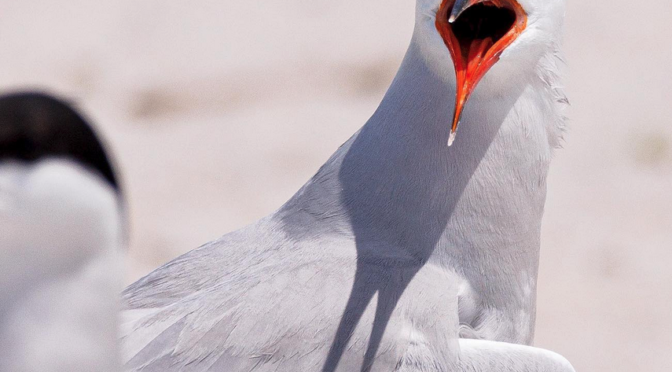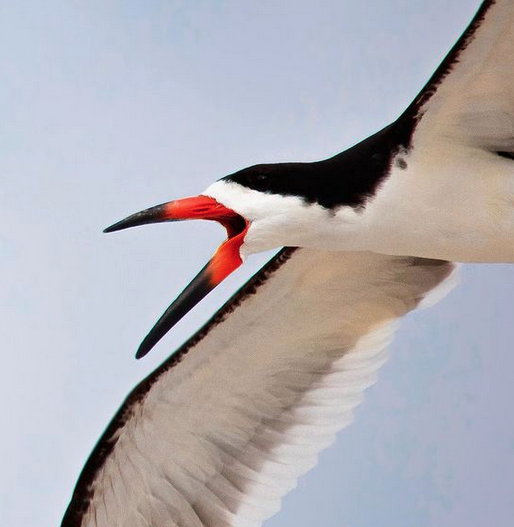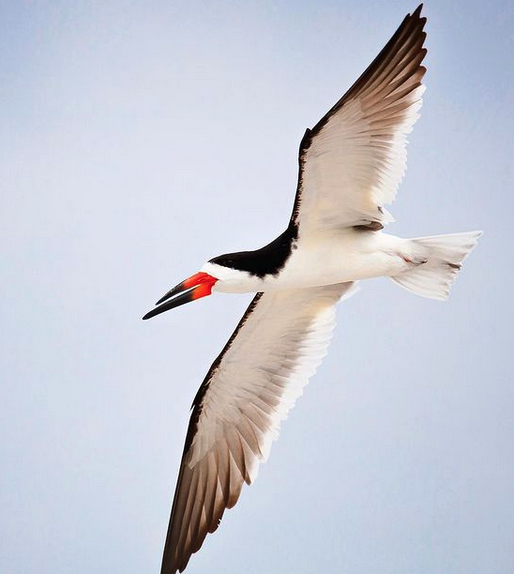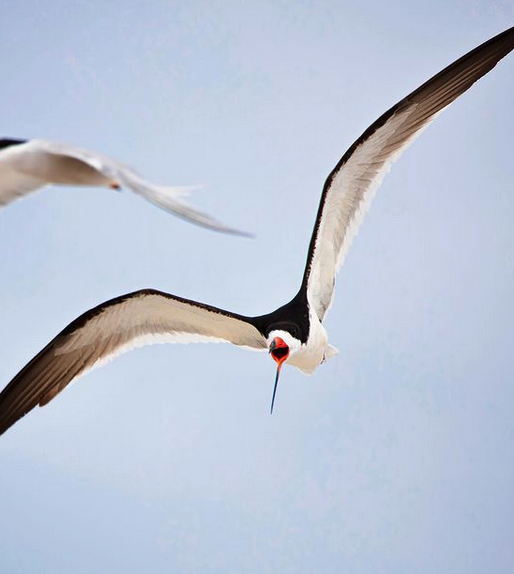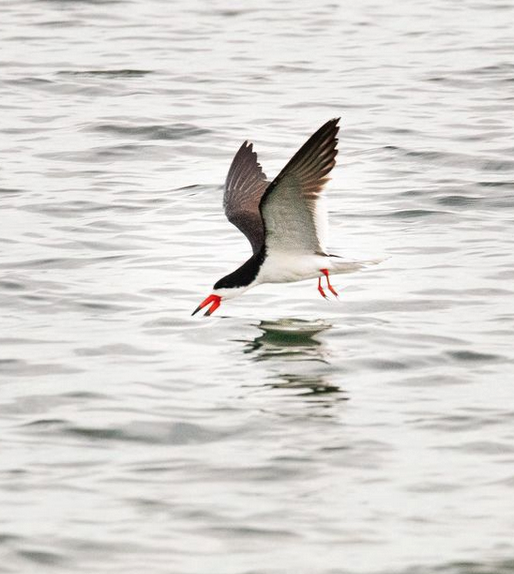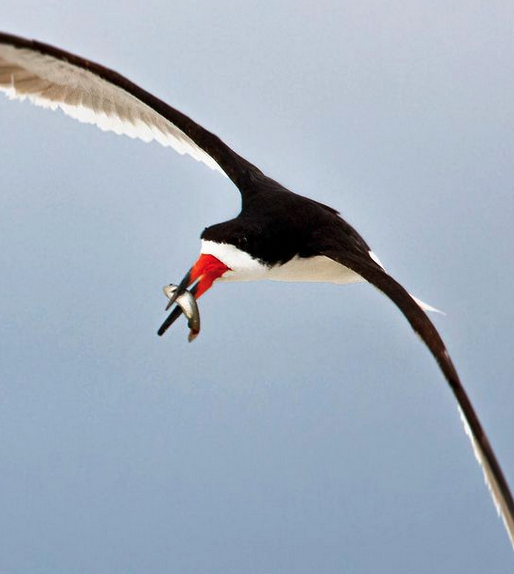Tensions are running high at the Common Tern nesting grounds on Wrightsville Beach NC. With breeding season well underway, competition for mates and nest sites is causing tempers to flare within the colony resulting in yelling (screeching lol!) matches between former friends.
It was very entertaining to sit on the beach and watch these otherwise elegant birds scuffle for dominance.
They swooped and screamed from above at the terns below who vigorously defended their chosen spit of sand.
Those who weren’t involved with nesting site disputes spent their time catching small fish and bringing food back to shore to feed their mates who were waiting patiently for a meal.


Though their name would imply otherwise, unfortunately nesting populations of Common Terns are in decline here in NC. This is likely due to a loss of suitable nesting habitats due to storms and development of the barrier islands where they prefer to raise their chicks.
Luckily this species breeds in both Eurasia and in North America (even inland!) so for now they aren’t considered threatened on a level to trigger a Federal level endangerment status.
Still, this is a species to keep an eye on as they are considered endangered on the State level of concern.


Common Terns are a spring & summertime resident of North Carolina and can be found along our coastline between April and September.
They are mainly spotted hunting for a meal over the Atlantic Ocean and over our saltwater inlets. As you probably have guessed, their main diet consists of fish however they’ll also eat crustaceans and insects.
From the looks of it, they’re are prolific hunters and they seemed to have access to a good supply of fish here at Wrightsville Beach.
This means good times may be ahead for the next generation of Common Terns which should arrive next month.
Photos by @sally_siko of @bestlife_birding both captured on my mighty mirrorless monster, the @canonusa #R5

